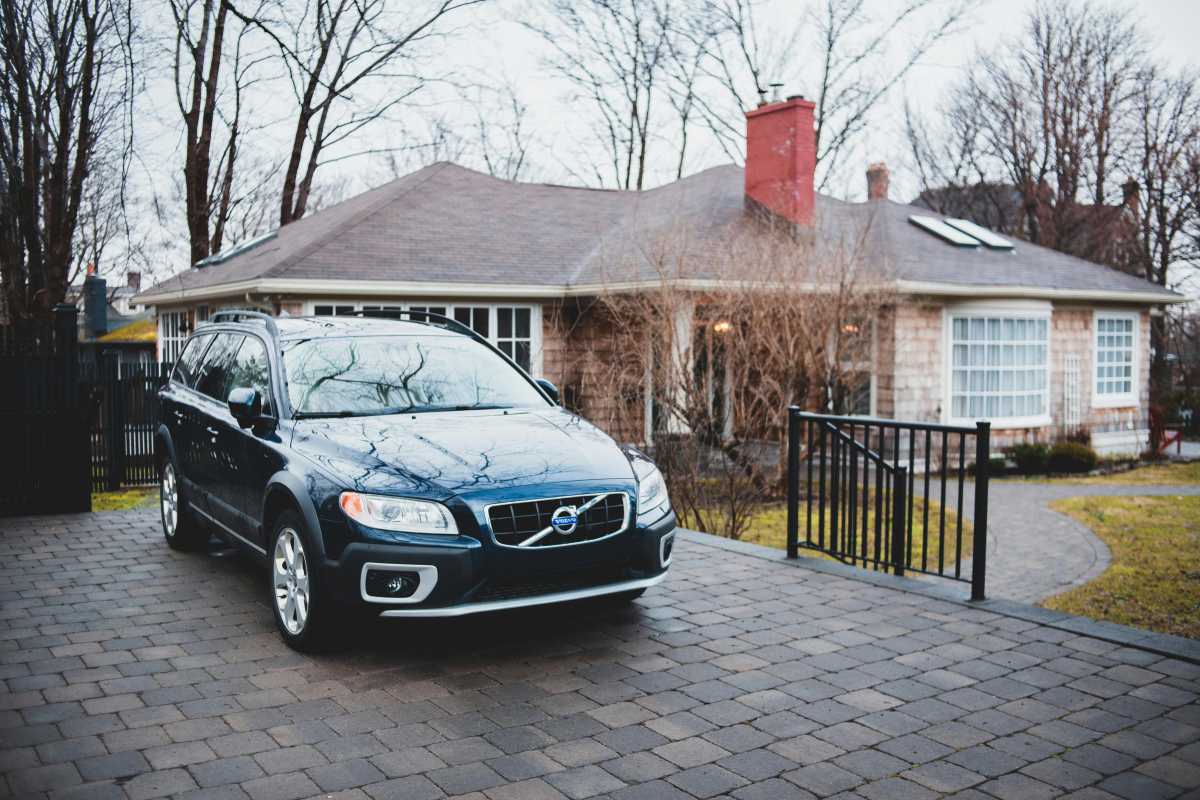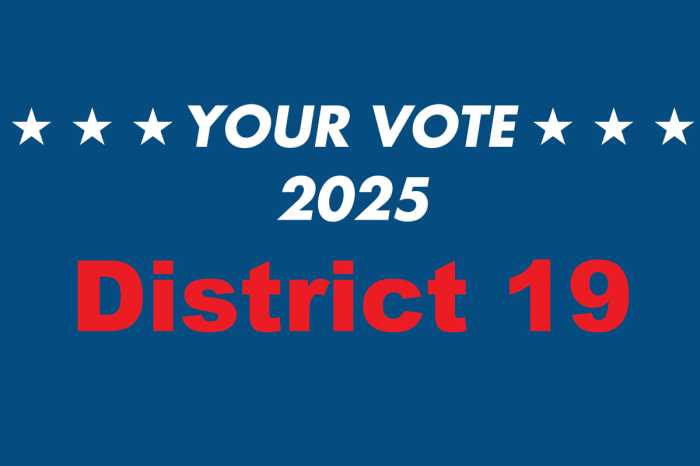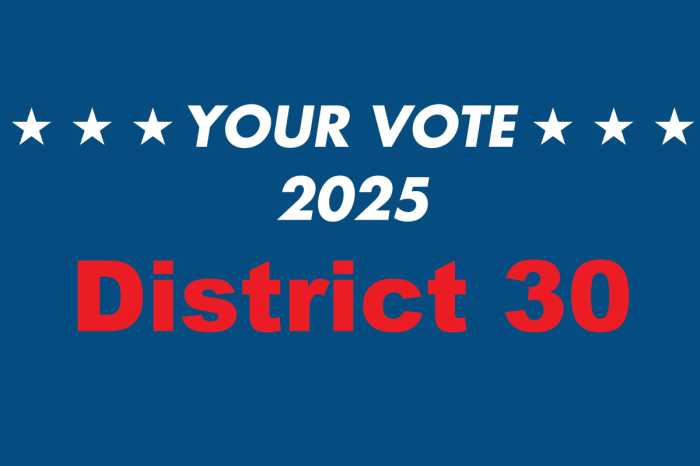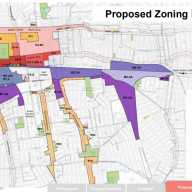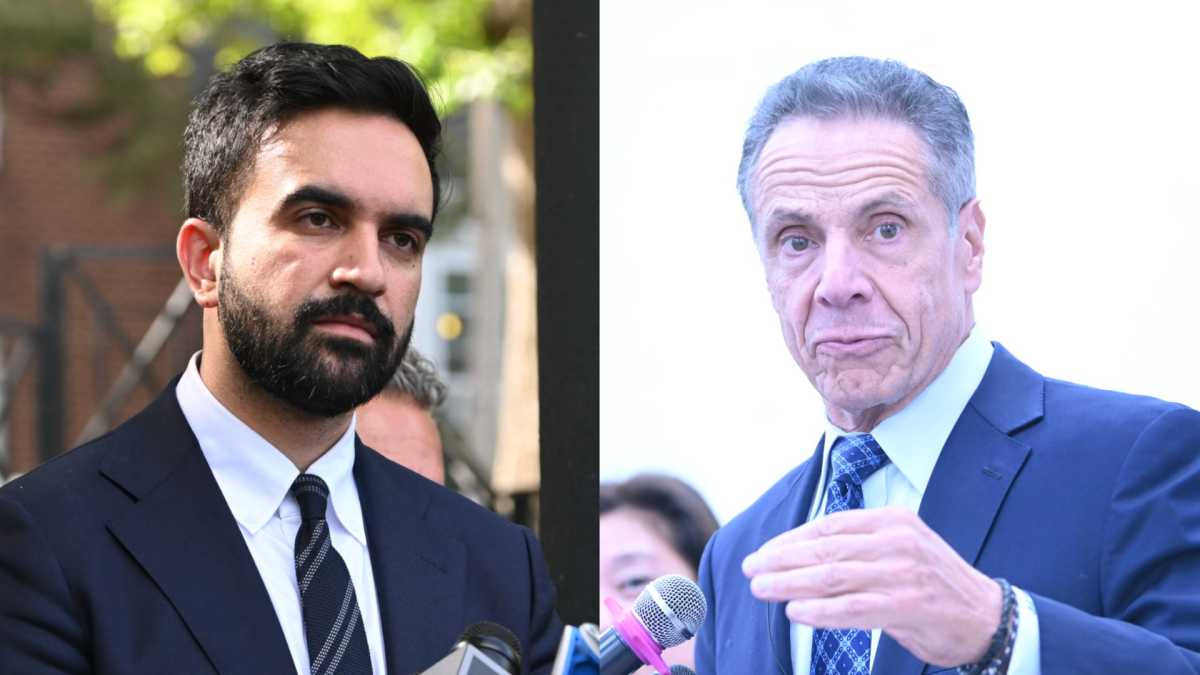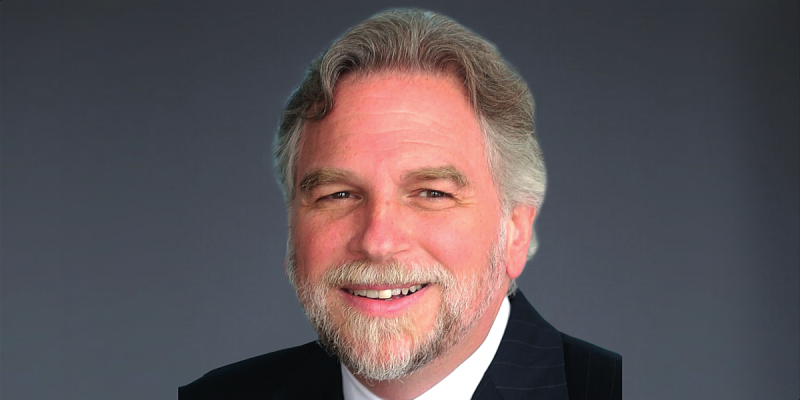New York drivers, already grappling with a high cost of living, are now facing a new financial pressure point: rapidly escalating auto insurance premiums. The surging costs are adding to the state’s broader affordability crisis, pushing household budgets to their breaking point.
According to expert analysts at Bankrate, New Yorkers pay an average of $4,031 annually for full-coverage auto insurance – nearly $1,500 above the national average of $2,679. A separate report from Experian shows minimum coverage in the state costs nearly as much as the national average for full coverage. For drivers from Buffalo to Brooklyn, that translates into hundreds of dollars in additional monthly expenses, often without a corresponding increase in wages.
Drivers Face Unprecedented Rate Hikes
The increase in premiums is outpacing general inflation. The motor vehicle insurance component of New York’s Consumer Price Index rose nearly 8% in the first half of 2025, more than double the state’s overall inflation rate of about 3%.
Insurance experts cite multiple pressures behind the surge. Globally, supply chain shortages and tariffs have driven up the cost of parts and repairs. The spike in prices for new and used cars has inflated replacement costs. Climate-driven claims from severe storms and floods – events that hit New York particularly hard – have also played a role.
But analysts and consumer watchdogs warn that many of the factors driving premiums skyward are uniquely New York problems. And solutions are available.
Fraud and Loopholes Drive Up Costs
A major contributor to inflated rates is the abuse of New York’s no-fault insurance system. Staged accidents – fake or exaggerated crashes designed to trigger payouts – remain a persistent problem, particularly in the New York City metro area. These scams cost insurers millions each year, and those losses are ultimately passed onto everyday drivers.
The problem is compounded by a high number of uninsured motorists. When uninsured drivers are involved in accidents, the costs fall back on the system, pushing premiums higher for everyone else. Adding to the strain are the thousands of cars with out-of-state license plates, a tactic some New Yorkers use to escape the state’s high premiums. That shrinks the insured pool and leaves law-abiding drivers footing more of the bill.
Consumer advocates also highlight the role of aggressive legal claims. Lawsuits exploiting loopholes in personal injury protection rules often inflate settlements, further fueling premium hikes.
“It’s not just inflation,” said one insurance analyst. “It’s a broken system where even the safest, most responsible New York driver is paying a penalty for these hidden costs.”
The Human Toll
For many New Yorkers, a car isn’t a luxury – it’s a necessity for work and daily life. Yet at more than $4,000 per year for full coverage, insurance is now eating into basic household budgets amid the existing affordability crisis.
“I had to drop down from full coverage to minimum just to afford my rent,” said a Queens resident. “If something happens to my car now, I’m on my own. But I can’t go without insurance completely – it’s not legal. It feels like a no-win situation.”
Stories like this are becoming increasingly common. Some households delay renewals, others risk driving uninsured, and many are forced into lower coverage levels that leave them exposed to financial ruin after an accident.
Pressure on Albany to Act
As the 2026 legislative session approaches, advocates are pressing Governor Kathy Hochul to make auto insurance reform a central plank of her affordability agenda.
“I hear it everyday from constituents: New Yorkers are being priced out of basic necessities, and auto insurance is now one of the most painful line items in the household budget,” said a source close to the state Assembly. “We need state leadership to take action to help our communities.”
Policy ideas under discussion include cracking down on staged accident fraud, strengthening penalties for uninsured drivers, increasing oversight of injury-related lawsuits, and addressing potential disparities in ZIP code–based pricing. A coalition called Citizens for Affordable Rates (CAR), launched earlier this year, is lobbying for reforms to lower insurance costs. The State Senate also recently passed a bill to modernize auto insurance verification, aiming to reduce the number of uninsured motorists on the road.
A Defining Issue for 2026
While auto insurance may not make as many headlines as housing or health care, its impact is undeniable. With nearly every driver in the state affected, it cuts across geography, income level, and political lines. If left unaddressed, it could become a defining issue for Gov. Hochul in 2026 – one that shapes not just her agenda but her political legacy.
As one Nassau County commuter put it: “We’re already paying more for everything in New York. At this rate, even keeping one car on the road feels like a luxury. The governor has to do something.”
For Gov. Hochul, the road ahead may very well run through the wallets of New York drivers.

